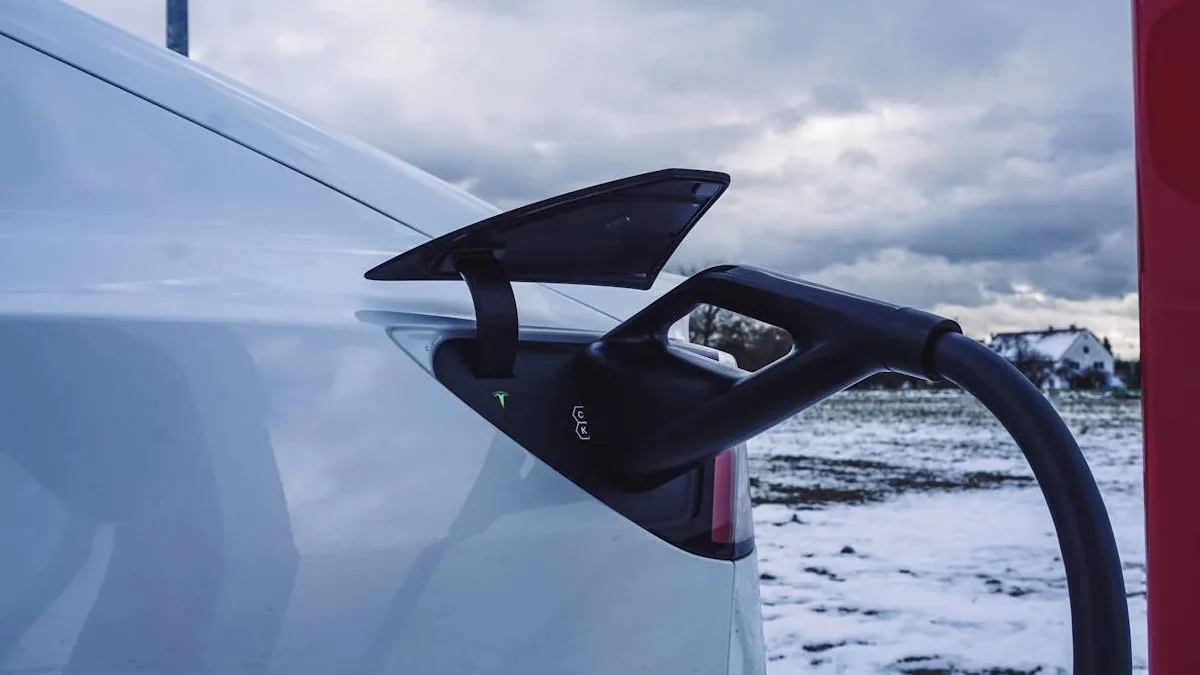
Maintaining and monitoring your car’s mileage is essential for various reasons, from tracking your fuel efficiency to assessing overall vehicle performance. Calculating your car’s mileage, commonly referred to as fuel economy, not only helps you save money on gas but also contributes to a more sustainable and eco-friendly lifestyle. In this article, we will guide you through the process of calculating your car’s mileage, offering valuable tips and techniques to make it more accurate and beneficial.
Gather the Essentials
Before you begin calculating your car’s mileage, you’ll need a few essential tools and pieces of information:
- A full tank of gas
- A notepad and pen or a smartphone app to record data
- The car’s odometer reading (total miles driven)
- Knowledge of the amount of gas added to the tank (in gallons or liters)
- Access to a calculator or a smartphone with a calculator app
Reset Your Trip Meter
Most modern cars are equipped with a trip meter or trip computer that allows you to track the miles driven between fuel stops. Before you start, reset your trip meter to zero. If your vehicle doesn’t have this feature, you can manually record the starting mileage.
Fill Up the Tank
Drive your car until the fuel tank is nearly empty or as close to empty as you’re comfortable with. Then, fill the tank to the brim at your preferred gas station. This step ensures that you have a consistent starting point for your calculation.
Record Data
After filling up, record the following information:
- The number of miles driven on your trip meter or odometer reading
- The number of gallons (or liters) of fuel added to your tank
- The price per gallon (or liter) of the fuel (optional, for cost analysis)
Calculate Your Car’s Mileage
To calculate your car’s mileage, use the following formula:
Mileage (in miles per gallon) = Miles driven / Gallons of fuel used
For example, if you drove 300 miles and added 10 gallons of fuel, the calculation would be:
Mileage = 300 miles / 10 gallons = 30 miles per gallon (MPG)
Analyze and Monitor
Once you’ve calculated your car’s mileage, it’s essential to analyze the results and keep track of them over time. Here are some key points to consider:
- Compare your car’s mileage to its EPA (Environmental Protection Agency) rating. The EPA provides estimated fuel economy figures for most vehicles, which can serve as a benchmark.
- Regularly monitor your car’s mileage to identify any significant changes. Sudden drops in fuel efficiency could indicate maintenance issues.
- Experiment with different driving habits, such as reducing idling time, maintaining a steady speed, and avoiding aggressive driving, to see how they impact your mileage.
Factors Affecting Mileage
Keep in mind that various factors can influence your car’s mileage, including:
- Driving conditions (city vs. highway)
- Vehicle maintenance
- Tire pressure
- Weight in the car
- Weather conditions
- Driving style
Calculating your car’s mileage is a straightforward process that can help you save money, reduce your carbon footprint, and keep your vehicle in optimal condition. By following the steps outlined in this article and paying attention to your driving habits, you can gain valuable insights into your car’s performance and make informed decisions to improve its fuel efficiency. Ultimately, understanding your car’s mileage empowers you to be a more responsible and cost-conscious vehicle owner.
Discover more from Wheels Craze - Automotive News, EV News, Car News, Bike News
Subscribe to get the latest posts sent to your email.




